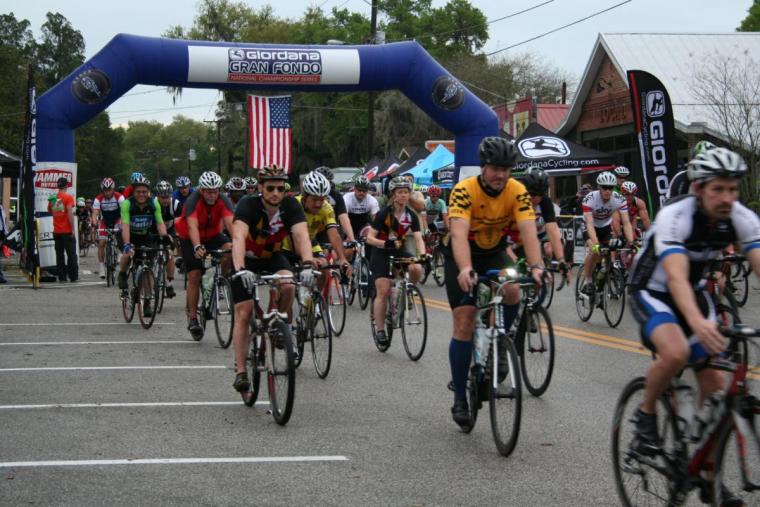
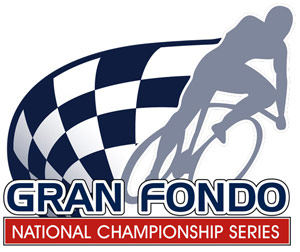 www.gfncs.com
www.gfncs.com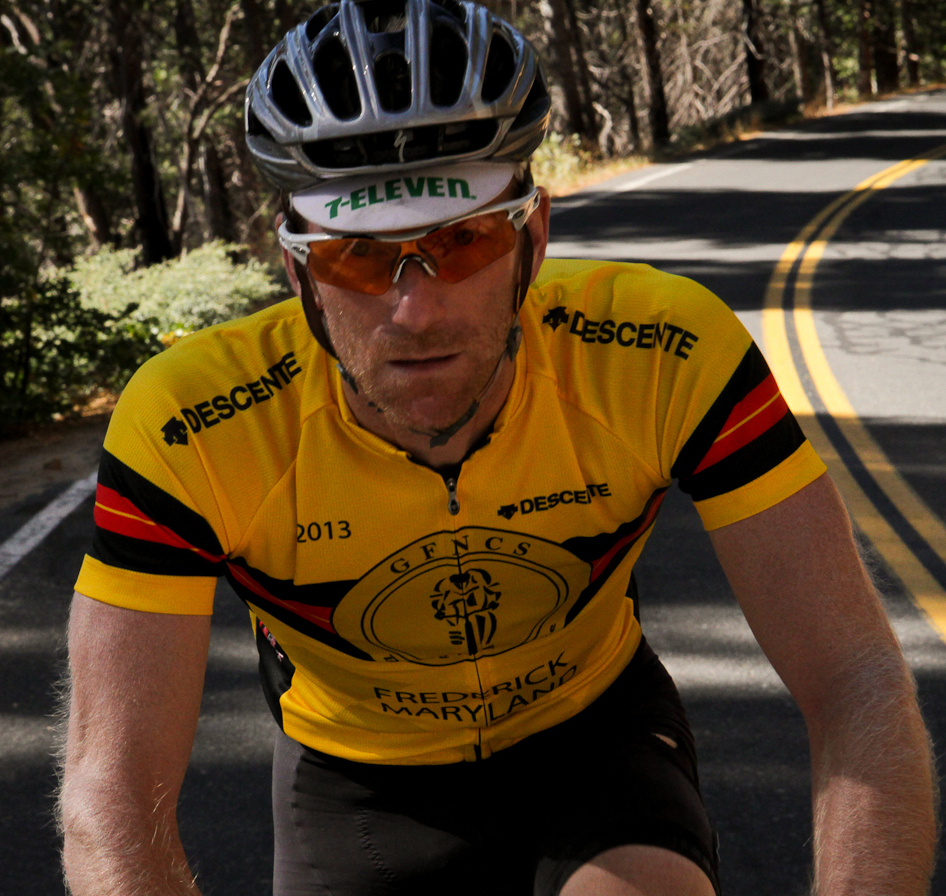
The Gran Fondo National Championship Series (GFNCS) is the country’s only national cycling race/ride circuit. The full series is found here. The series was established in 2012 and is comprised of nine European-style ride/races staged in the United States. Every GFNCS event offers courses covering 30, 60 and 100-mile journeys through some of the most beautiful and challenging terrain in endurance sports. Timed sections allow riders to compete in specific segments of the course, while casual cyclists can ride at their own pace. Participants can ride as individuals or on teams. GFNCS awards special prizes to the top riders in every age and gender category.
Sports Destination Management: The Gran Fondo National Championship Series is a series of one-day rides. What is the typical field for each ride?
Reuben Kline: The typical field for each event is about 400 riders.
SDM: Is it mostly professional cyclists?
Kline: No, not at all. We get a mix of riders – there are some pro elite cyclists who have national cycling titles as well as elite triathletes, but then we also have recreational and beginner riders as well.
SDM: Why do you think the G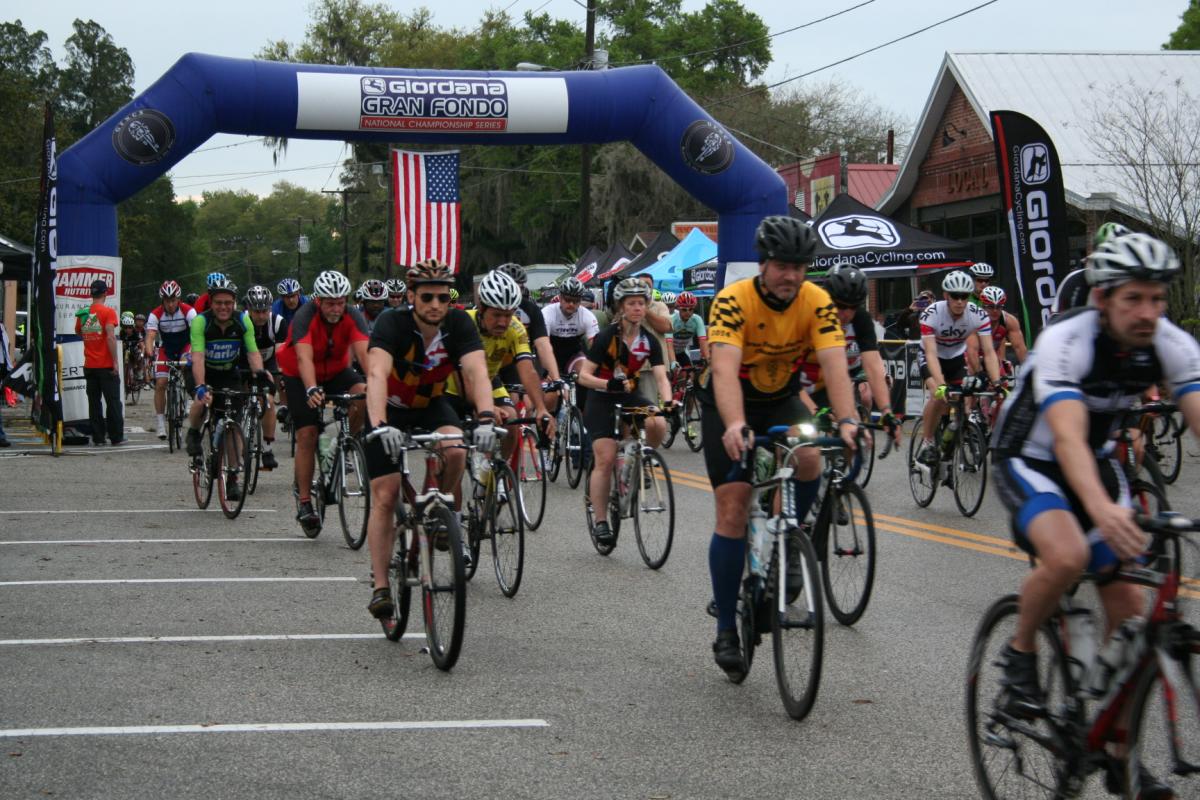 FNCS appeals to so many people?
FNCS appeals to so many people?
Kline: It offers something for almost everyone. In the past, cycling hasn’t been a user-friendly sport; in other words, there haven’t been opportunities for people to get on their bikes and race in a format that was safe and fun. In our events, we don’t have any start to finish time, so it’s not just about getting through the course as fast as possible. There are timed segments throughout the ride; the sections are anywhere from two to 10 miles in distance. People can race hard through these sections if they want, but those who don’t can progress along the route in a leisurely fashion with their friends. When they get to the timed segments, they are free to challenge themselves – or just keep riding along at their own speed. People can make the ride into whatever they want.
SDM: This was your brainchild. Did you see a need for it?
Kline: Yes – I recognized the absence of user-friendly competitive road cycling events, and the absence of cycling events that offered both a recreational and competitive experience where people could challenge themselves at their personal level of cycling. Over the previous decade, we saw the growth of marathons, as well as triathlons and other multi-sport events skyrocket – but there was no tangible growth in competitive cycling. Cycling experienced what I’ll call, the Lance Armstrong effect: we saw a lot of people get into cycling, but there was no user-friendly competitive outlet for them to engage in cycling.
SDM: Does the GFNCS close off all the streets for its races?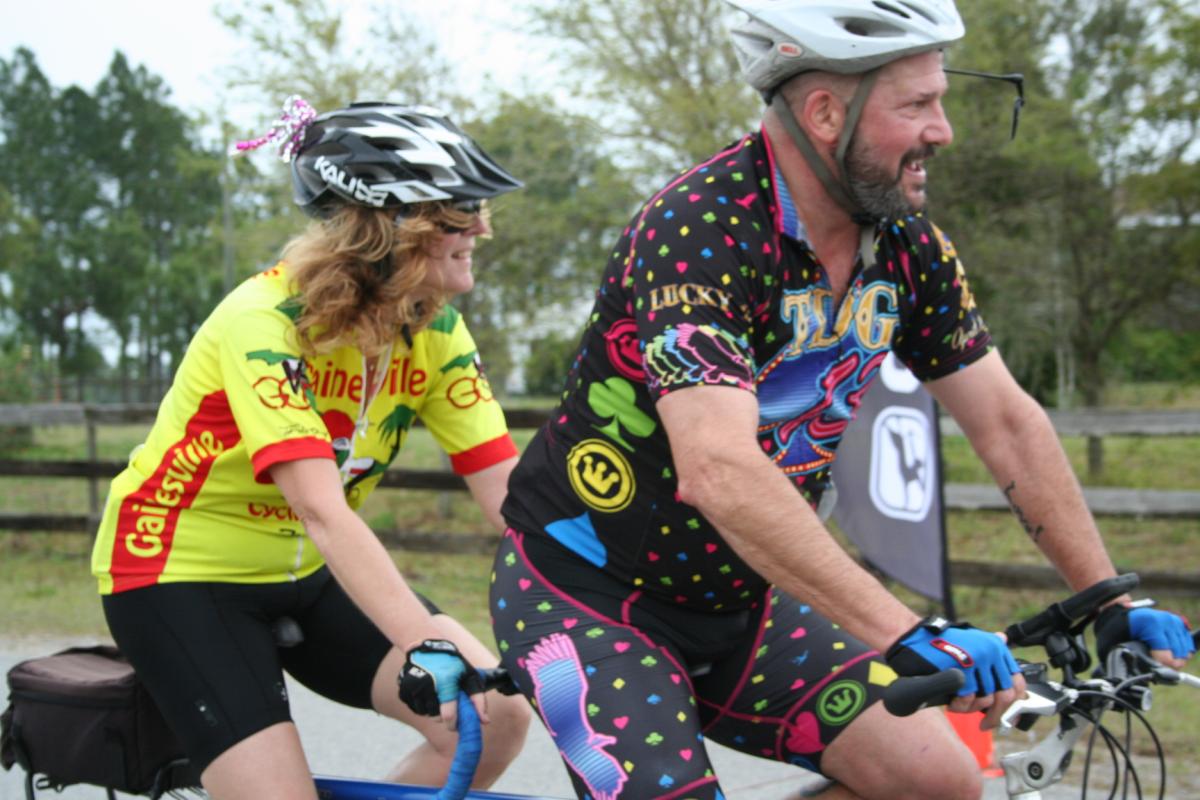
Kline: No, and even though there are people who claim they can put on a closed course gran fondo, that’s a lie! Nobody can really close 100 straight miles of roadway for an event like this; it’s simply not possible. I’m not going to claim I have a closed course unless I can control every single intersection and I can’t do that; no one can. It’s also not socially friendly to the people who live in the area of the ride. I look at these events as a way to advocate for cycling. We don’t want to interrupt people’s lives to put on our events. It’s OK to tell people to watch for bikes; it’s not OK to clog up the streets and impede people’s lives.
SDM: What safety m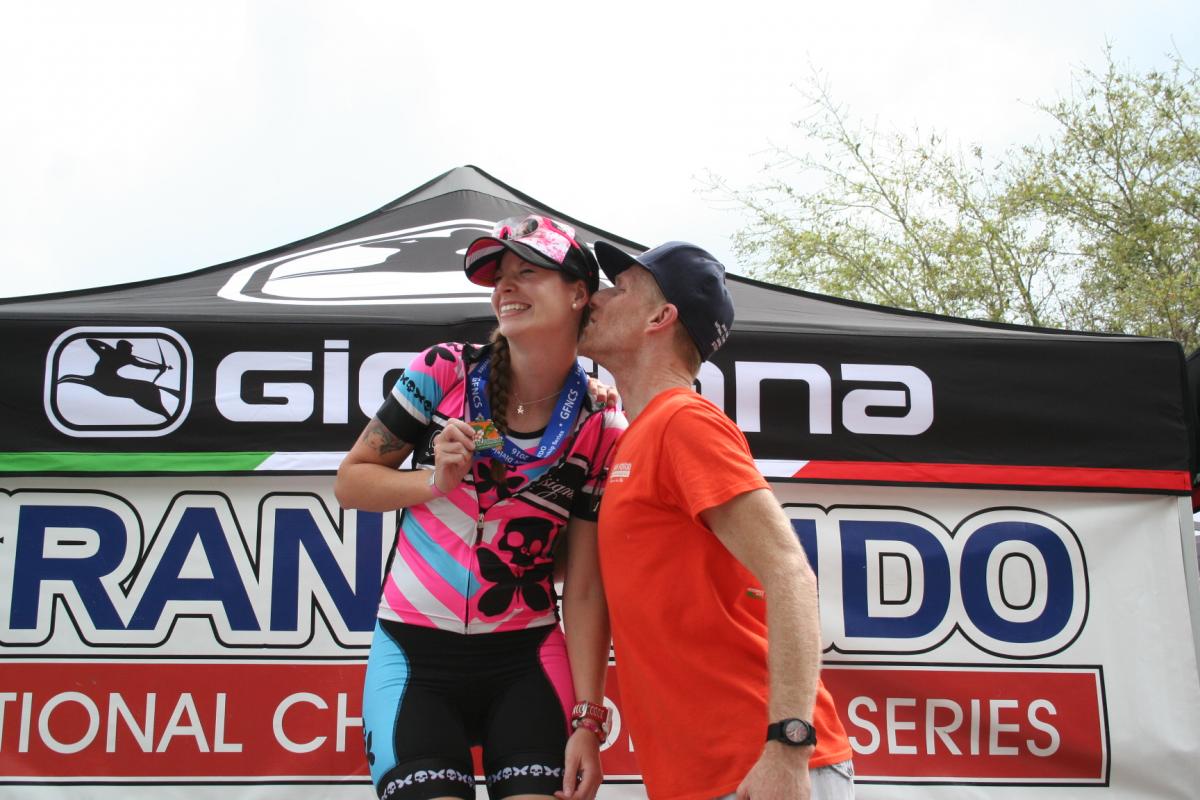 easures go into planning one of the GFNCS events?
easures go into planning one of the GFNCS events?
Kline: We evaluate each course with the police and fire departments in the areas before we finalize things. We may have some roads closed, such as the start/finish area, or a segment of road that does not impede local traffic – some but not all. We talk with the officials about each area we travel through. If there is an intersection where there could be some risk, we make sure we have an officer and or traffic control measures in place to address the safety issues. We’re not just concerned with the safety of our riders, but we’re concerned about the relationship of cycling and the community.
SDM: What do you look for in a city to host a race?
Kline: I’m looking for ride quality (laughing) which is probably a weakness. Not all our events are going to be accessible to areas with a big population, and we really care about the quality of the course. I want people to be able to ride, and if they want to, to race, where the terrain is motivating. If you look at our schedule, you’ll see we are in areas where there is the best cycling we can find. We want to bring our riders through an amazing route.
SDM: Are you looking to expand the series?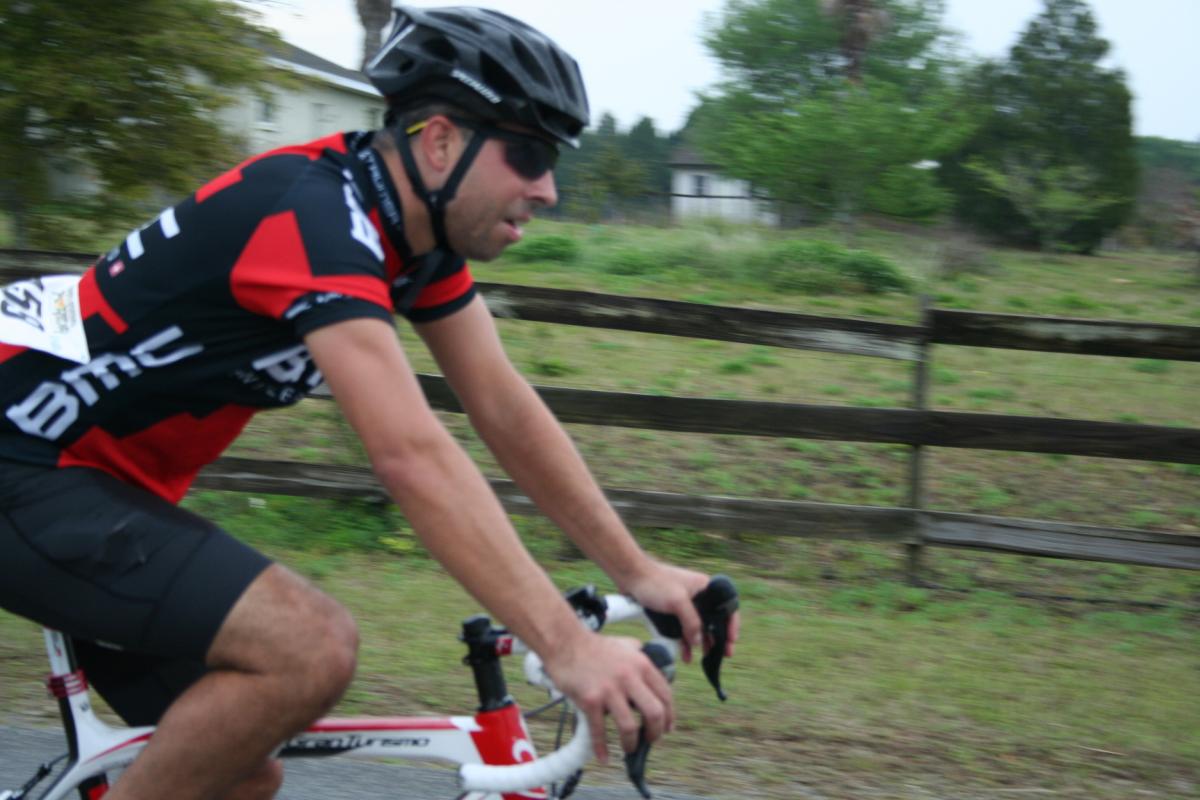
Kline: We are in discussions with several other events around the country to bring them into our events.
SDM: Do you think there is a bigger market for gran fondos than might be expected?
Kline: There’s an opportunity for us to offer something to people who want to compete. Traditionally, competitive cycling has been far less than welcoming. If you look at people competing in a triathlon, you realize all those people own bicycles. Of the people in triathlons, you might have five percent who have never been in a running race like a 5K or marathon. On the other hand, you only have five percent who have actually done a bicycle race. There just hasn’t been much out there. Crits (traditional bicycle road races) are much too dangerous for most riders to want to participate and are singularly focused on competition, so people who want to race but don’t know much about it most often avoid those. There are a lot of century rides in existence but century rides do not offer the kind of competitive experience gran fondo offers. Cycling has been missing a user-friendly completive outlet for the general public to engage in the sport, and that why we started the GFNCS.
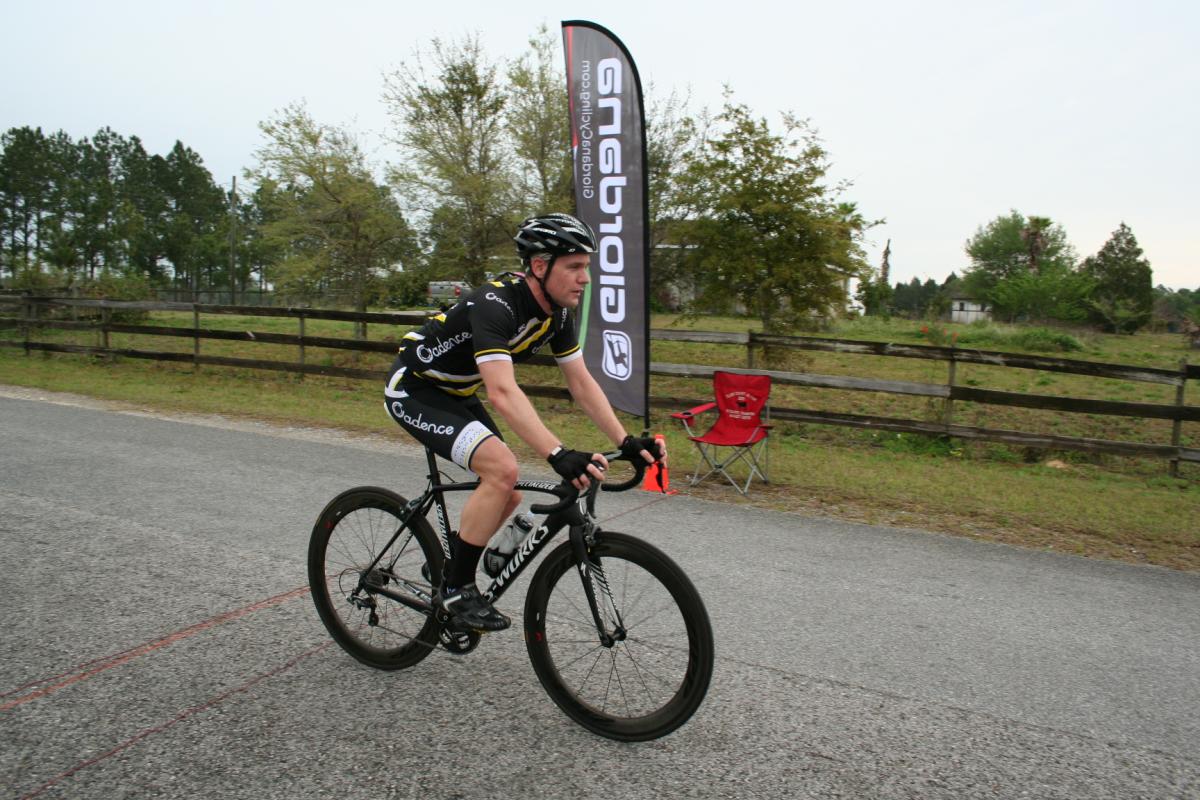 SDM: Is it growing?
SDM: Is it growing?
Kline: Yes, we’re seeing growth in registration of about 20 percent per year.
SDM: What are the demographics like?
Kline: Our user group tends to be a little more mature, generally between the ages of 40 and 60. It’s also more of a male-dominated sport, with about an 80/20 mix. We’d like to see more young people; we want to help the sport of cycling grow and w want more people to realize the benefits of cycling. From physical to mental health to friendships and stress relief, cycling has a lot to offer. Our slogan, “Believe in the bike,” is a statement that captures our philosophy and passion for cycling and we want to share it.
